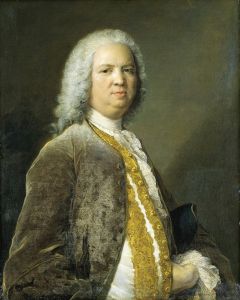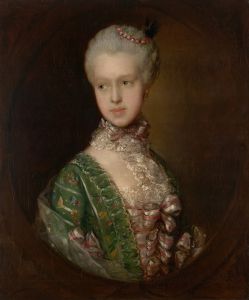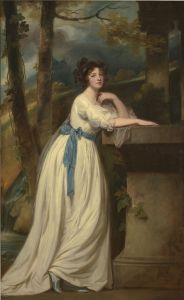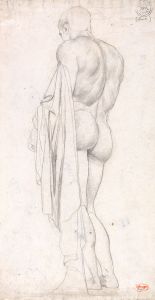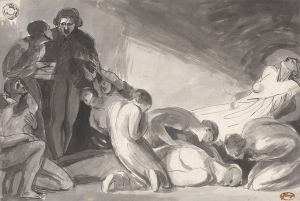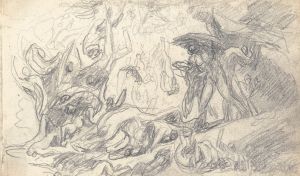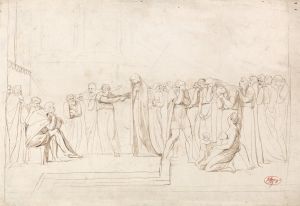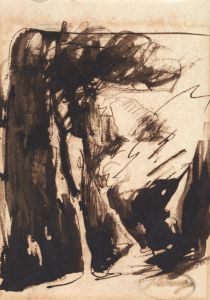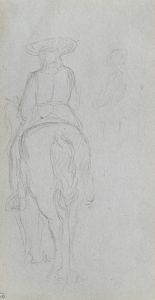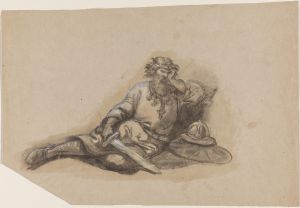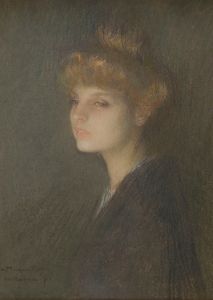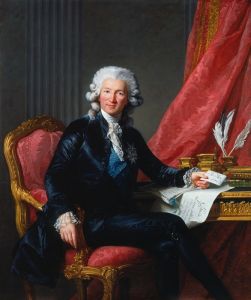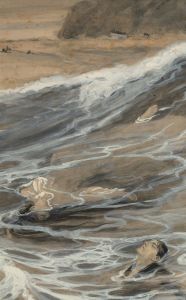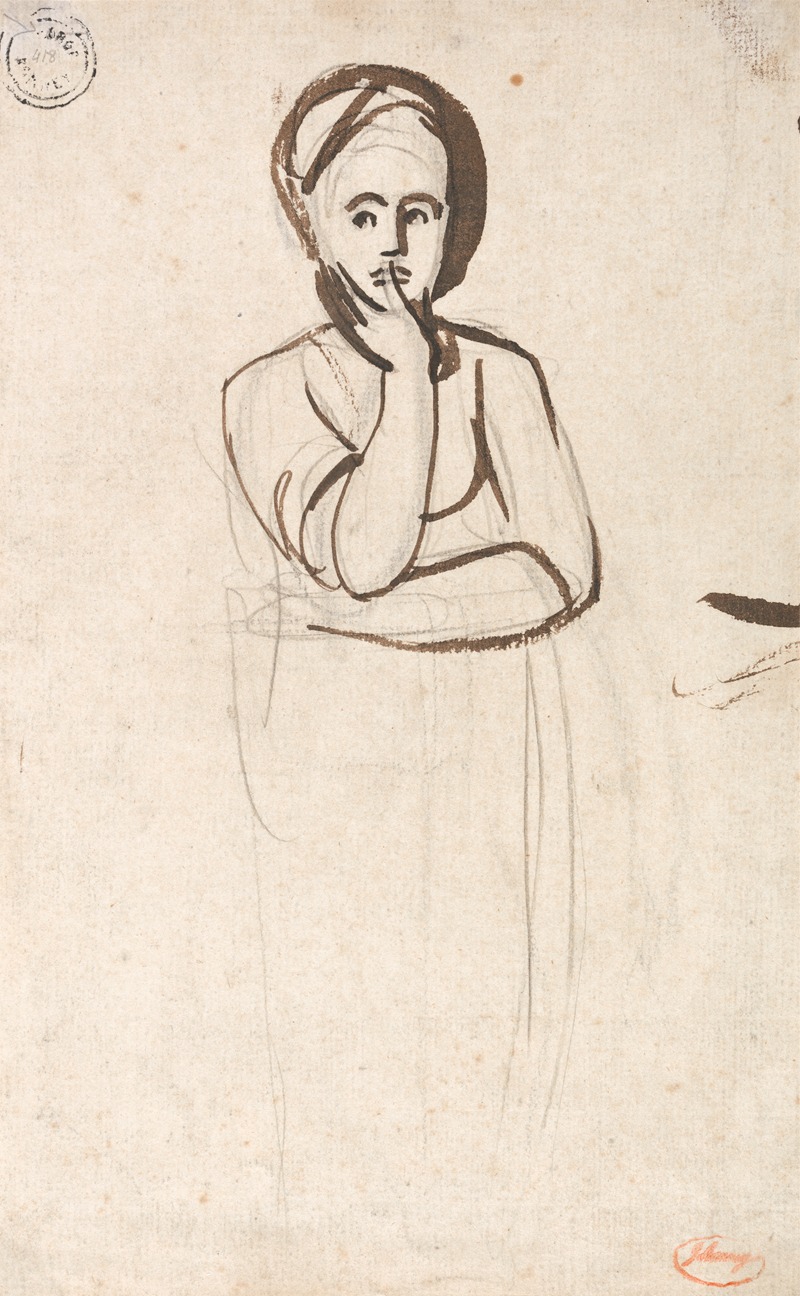
Pamela
A hand-painted replica of George Romney’s masterpiece Pamela, meticulously crafted by professional artists to capture the true essence of the original. Each piece is created with museum-quality canvas and rare mineral pigments, carefully painted by experienced artists with delicate brushstrokes and rich, layered colors to perfectly recreate the texture of the original artwork. Unlike machine-printed reproductions, this hand-painted version brings the painting to life, infused with the artist’s emotions and skill in every stroke. Whether for personal collection or home decoration, it instantly elevates the artistic atmosphere of any space.
George Romney was an eminent English portrait painter in the late 18th century, known for his distinctive style and significant contributions to the art world during his time. Among his many works, "Pamela" is one of the paintings attributed to him, although specific details about this particular painting are limited.
Romney was born on December 26, 1734, in Dalton-in-Furness, Lancashire, England. He began his artistic career as an apprentice to a cabinet maker before moving on to study under the portraitist Christopher Steele. Romney's talent quickly became apparent, and he soon established himself as a prominent portrait painter. By the 1770s, he had moved to London, where he gained considerable success and a fashionable clientele.
Romney's style is characterized by its elegance and sensitivity, often capturing the grace and charm of his subjects. He was particularly adept at portraying women and children, and his works are noted for their refined composition and delicate use of color. His portraits often reflect the neoclassical style that was popular during his time, emphasizing simplicity and harmony.
The painting "Pamela" is believed to be inspired by the character from Samuel Richardson's novel "Pamela, or Virtue Rewarded," published in 1740. The novel tells the story of a young maidservant named Pamela Andrews, whose virtue and chastity are tested by her wealthy employer. The novel was highly popular in its time and had a significant cultural impact, influencing various art forms, including painting.
While specific details about Romney's "Pamela" are scarce, it is likely that the painting reflects the themes of virtue and innocence that are central to Richardson's novel. Romney's ability to convey emotion and character through his portraits would have been well-suited to capturing the essence of Pamela's story.
Throughout his career, George Romney painted numerous portraits of notable figures, including Emma Hamilton, who became one of his most famous subjects. His work was highly regarded by his contemporaries, and he was considered one of the leading portraitists of his time, alongside artists like Joshua Reynolds and Thomas Gainsborough.
Romney's legacy endures through his contributions to portrait painting and his influence on subsequent generations of artists. His works are held in various prestigious collections, including the National Portrait Gallery in London and the Tate Gallery.
In summary, while specific information about the painting "Pamela" by George Romney is limited, it is likely connected to the popular literary character from Richardson's novel. Romney's broader body of work reflects his skill in capturing the elegance and character of his subjects, securing his place as a significant figure in the history of English portraiture.





